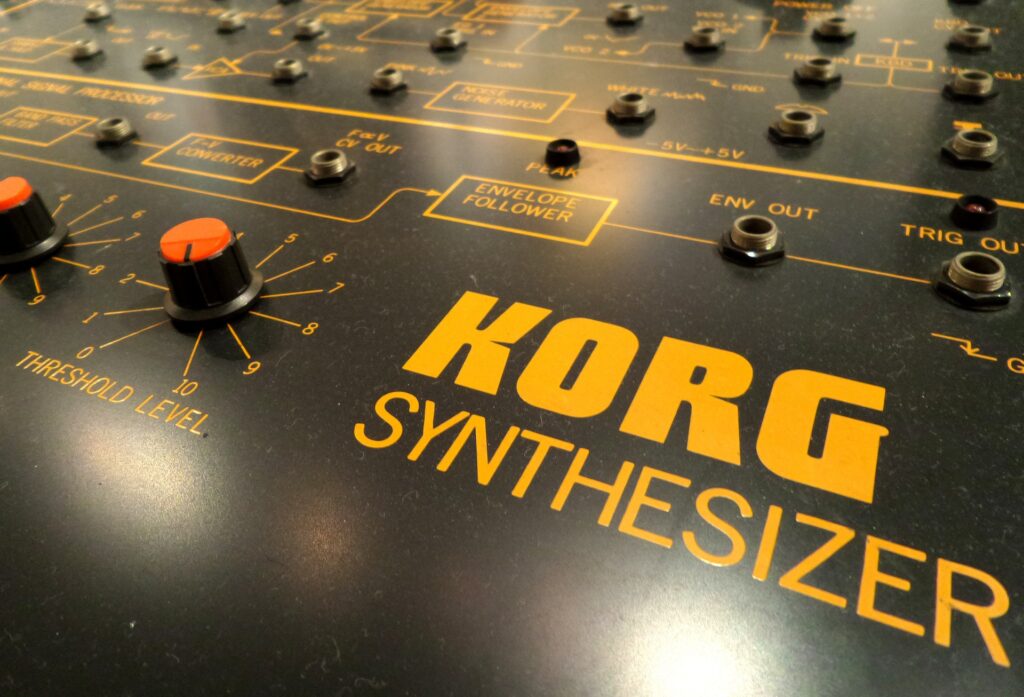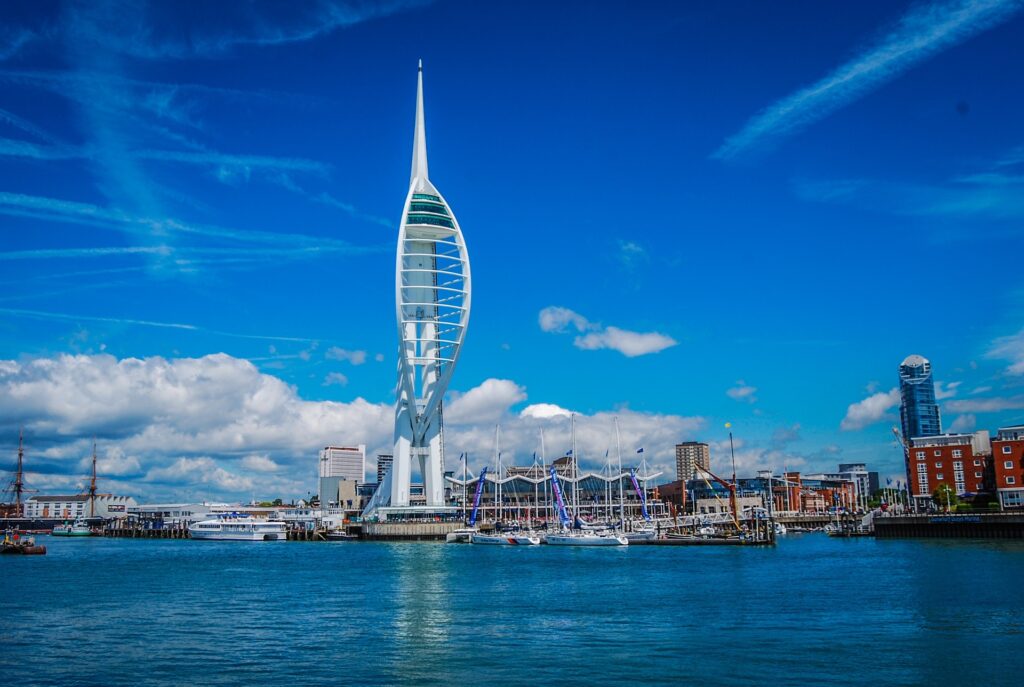The Evolution of Portsmouth’s Rave Scene: From Humble Beginnings to Cultural Phenomenon
Written by Chapperzpur on 1 August 2024
Portsmouth, a historic port city on England’s south coast, has played a significant role in the development and evolution of the UK’s rave culture. This vibrant city’s journey from small underground gatherings to being a notable stop on the rave circuit encapsulates the broader story of electronic dance music’s rise in Britain. Here, we delve into the key clubs, events, and figures that have shaped Portsmouth’s rave scene, including some lesser-known but influential contributors.
The Early Days: 1980s Underground Beginnings
Rave culture in the UK began to take shape in the late 1980s, largely influenced by the acid house movement and the burgeoning electronic music scene. Portsmouth, with its active student population and naval base, became an ideal breeding ground for this new cultural phenomenon. Early rave events were often clandestine affairs, held in abandoned warehouses and outdoor locations to avoid police crackdowns and licensing issues.
Milestone Events:
The Horizon Club (1988-1990):** Located in Southsea, The Horizon Club was one of Portsmouth’s first venues to host acid house nights. It attracted a dedicated following and featured early sets from DJs like Danny Rampling and Paul Oakenfold, who were pivotal in popularizing acid house in the UK.
Burning Bush (1989): An infamous rave held in an abandoned factory near the docks, Burning Bush encapsulated the DIY ethos of early rave culture. It was shut down by the police, but not before it had firmly planted the seeds of rave culture in Portsmouth.
The 1990s: Expansion and Mainstreaming
The 1990s saw rave culture move from underground venues to more established clubs, with Portsmouth becoming a key player in the UK’s burgeoning rave scene.
Key Clubs and Events:
The Milton Arms (1991-1994): This pub in Milton converted its function room into a space for rave nights, becoming known for its eclectic mix of house, techno, and breakbeat. DJs like Carl Cox, Sasha, and John Digweed played here, contributing to its legendary status.
Explosion Club (1992-1996): Situated in an old ammunition factory, the Explosion Club was known for its intense atmosphere and cutting-edge music. It hosted events by influential promoters like Universe and Fantazia, drawing ravers from across the south coast. DJs such as Slipmatt and Ratpack performed here, making it a cornerstone of the scene.
The Pier Club (1994-1998): Located on Clarence Pier, this venue brought rave culture to the seaside, combining spectacular views with high-energy dance music. Regular nights by promoters like Cream and Ministry of Sound cemented its place in Portsmouth’s rave history. Performances by DJs like Paul van Dyk and Judge Jules were highlights.
Lesser-Known Venues and Influences:
Time and Place (1992-1995): Situated in Commercial Road, this venue was a hotspot for early house and techno nights. It hosted up-and-coming DJs such as Darren Emerson and Carl Loben, who later became influential in the UK’s electronic music scene.
Basement 69 (1993-1997): An underground venue located in the basement of a derelict building, Basement 69 was known for its raw, unpolished vibe and its commitment to hardcore and jungle music. DJs like DJ Hype and Grooverider made regular appearances here, helping to popularize these genres in Portsmouth.
The 2000s: Evolution and Diversification
As the new millennium dawned, rave culture in Portsmouth evolved, reflecting broader trends in the electronic music scene. The city’s clubs began to diversify, offering a wider range of genres and experiences.
Significant Venues and Nights:
The Manor (2001-2006): A short-lived but impactful venue, The Manor hosted a variety of electronic music nights, from trance and drum and bass to hardcore and dubstep. It was a key venue for emerging local DJs and producers like DJ Friction and Sub Focus, who would later gain international recognition.
South Parade Pier (2003-2009): Reviving the spirit of The Pier Club, South Parade Pier hosted large-scale raves featuring big-name DJs like Paul Oakenfold, Judge Jules, and Pete Tong. Its seaside location made it a unique fixture in the scene.
Route 66 (2005-2010): Known for its intimate atmosphere and top-notch sound system, Route 66 became a favorite for house and techno enthusiasts. It regularly featured sets from international DJs and local talents alike, including performances by Groove Armada and Fatboy Slim.
Lesser-Known Venues and Influences:
The Cellars at Eastney (2000-2015): Although primarily known for live music, The Cellars also hosted electronic nights featuring local talent. DJs such as Mark Archer (Altern-8) and Billy Nasty performed here, bringing a more eclectic mix to the venue.
Pure South (2005-2008): Located in Southsea, Pure South was a small but vibrant club that became known for its drum and bass nights. Local promoters like Future Funk Squad and Aquasky hosted events, helping to nurture the city’s drum and bass scene.
The 2010s: Reinvention and Resurgence
In recent years, Portsmouth’s rave scene has seen a resurgence, with new venues and promoters injecting fresh energy into the city’s nightlife.
Modern Influences:
The Astoria (2013-Present): This nightclub on Guildhall Walk has become a central hub for Portsmouth’s rave culture, hosting nights by leading electronic music promoters. It has featured performances from top-tier DJs such as Andy C, Skream, and Annie Mac. Regular events like Delight and Dirty Disco keep the rave spirit alive.
Drift Southsea (2015-Present): A versatile venue that caters to a diverse crowd, Drift Southsea has embraced the evolving rave culture, offering nights dedicated to house, techno, drum and bass, and more. Its inclusive atmosphere and high-quality productions have made it a key player in the local scene.
Mutiny Festival (2014-2018): Though it ended tragically, Mutiny Festival was a significant event for Portsmouth, attracting thousands of ravers and top international DJs to King George V Playing Fields. It showcased the enduring popularity and impact of rave culture in the city. Acts such as Dizzee Rascal, 50 Cent, and Chase & Status headlined the festival.
Lesser-Known Venues and Influences:
The Wedgewood Rooms (1990s-Present): While primarily a live music venue, The Wedgewood Rooms in Southsea has hosted numerous electronic music events over the years. It provided an early platform for DJs like James Zabiela, who would go on to achieve global success.
The Barn (2010-2015): Located on the outskirts of Portsmouth, The Barn was an offbeat venue that attracted a loyal following for its underground raves. Promoters like Sneaky Disco and Wrong! regularly hosted events here, featuring a mix of local and international DJs.
Little Johnny Russell’s (LJR) (2008-2016): This pub in Southsea was known for its eclectic music nights, including electronic and rave events. It provided a platform for local DJs and up-and-coming talent.
Influential Figures:
John Digweed: One of the most influential DJs to come out of Portsmouth, Digweed’s career began in the early 1990s. His progressive house sets and innovative approach have had a lasting impact on the global rave scene.
Eddie Richards: Known as the “Godfather of House,” Richards played a crucial role in bringing house music to Portsmouth’s early rave events. His eclectic style and dedication to the scene have made him a legendary figure.
Sub Focus (Nick Douwma): Starting his career in Portsmouth, Sub Focus has become a significant name in drum and bass, with hits that have crossed over into mainstream success. His early gigs at venues like The Manor helped shape his career.
James Zabiela: A Portsmouth native, Zabiela began his career at local venues like The Wedgewood Rooms before gaining international fame for his technical prowess and genre-blending sets.
Future Funk Squad (Glen Nicholls): A key figure in the breakbeat scene, Glen Nicholls (aka Future Funk Squad) has been influential both as a DJ and producer. His work has helped to put Portsmouth on the map within the global breakbeat community.
Billy Nasty: A pioneer of the UK techno scene, Billy Nasty has been a significant figure in Portsmouth’s electronic music history. His performances at The Cellars and other local venues have left a lasting impact on the scene.
Dave Clarke: Known as the “Baron of Techno,” Clarke’s early career included performances in Portsmouth, where he helped to introduce the harder techno sounds to local audiences.
Conclusion
Portsmouth’s rave scene has grown from underground beginnings to become a significant part of the UK’s electronic music culture. Its clubs and events have not only provided spaces for people to dance and connect but have also influenced broader trends in music and nightlife. As the city continues to evolve, its rave culture remains a vibrant and dynamic force, reflecting the enduring appeal of electronic dance music. From the early acid house parties to modern festivals, Portsmouth’s contribution to rave culture is a testament to the city’s ability to adapt and thrive within the ever-changing landscape of electronic music.


